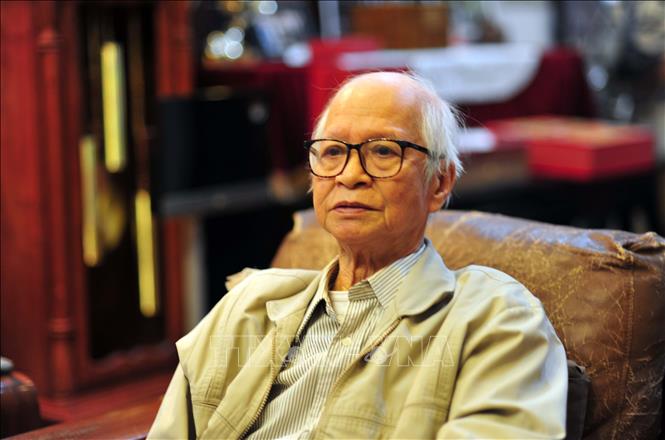
Architect Nguyen Huu Thai shares memories of the special moments at noon on April 30, 1975.
With the Liberation Army raising the victory flag
At the age of 87 but still very agile and clear-headed, architect Nguyen Huu Thai excitedly recounted the exciting events of the morning of April 30, 1975 at the Independence Palace (now Reunification Hall), the nerve center of the Republic of Vietnam government in its final moments of existence.
At that time, he was the President of the Saigon Student Association in 1963-1964. Mr. Nguyen Huu Thai was assigned to work in the movement of the third force (students and Buddhists) to weaken the resistance of the Saigon army in the inner city and publicly advocate peace and national reconciliation.
At 9:30 a.m. Saigon time on April 30, 1975, via radio, General Duong Van Minh, President of the Republic of Vietnam at that time, announced the handover of power to the revolution. Given the developments of the situation, from Van Hanh Pagoda, Mr. Nguyen Huu Thai assigned a group of students equipped with personal weapons to take over Saigon Radio Station, while he and Dr. Huynh Van Tong got in the car of Mr. Nguyen Van Hong (a journalist of Viet Tan Xa, a revolutionary base) to the Presidential Palace of the Republic of Vietnam at the Independence Palace with the intention of using his existing relationships with some members of the Republic of Vietnam cabinet to hand over power to the National Liberation Front quickly and peacefully.
Around 10 o'clock, Mr. Thai arrived at the Independence Palace and went straight in through the side gate (Nguyen Du Street) easily because all the checkpoints had been removed. Mr. Thai met with the Minister of Information Ly Quy Chung (who had hidden Mr. Thai when he evaded military service), and proposed to go together to take over the Radio Station to be ready for the revolution to use when needed. Mr. Ly Quy Chung agreed but could not find a driver willing to take him because he was afraid of being attacked during the chaos. Right at the time Mr. Thai and Mr. Chung were standing on the steps of the Independence Palace discussing how to get the car to the Radio Station, the Liberation Army's tank column entered Thong Nhat Avenue (currently Le Duan Street).
“A whole convoy of tanks rumbled forward. The rumbling of the engines and the sound of the tank tracks on the road grew louder and louder. The gate of the Independence Palace was knocked down by the tank and the tanks flying the Liberation Army flag rushed onto the lawn in front. These are majestic images that will never be forgotten in my mind,” architect Nguyen Huu Thai recalled.
Immediately afterwards, Lieutenant Bui Quang Than (Commander of Company 4, Battalion 1, Armored Brigade 203, Corps 2 - commander of vehicle 843) with the flag of the National Liberation Front of South Vietnam (mounted on the tank antenna) and Lieutenant Vu Dang Toan (Political Commissar - commander of vehicle 390) and soldiers entered the Independence Palace (later Mr. Thai learned the names of these soldiers).
Mr. Nguyen Huu Thai and Dr. Huynh Van Tong (both wearing red and blue armbands - the sign of the uprising mass forces) were the ones who welcomed and took the soldiers to the second floor of the Independence Palace to meet Duong Van Minh's cabinet waiting there. After that, Lieutenant Vu Dang Toan stayed behind to guard the Republic of Vietnam cabinet to wait for the commander to take over, while Lieutenant Bui Quang Than wanted to go to the roof of the Independence Palace to plant the flag.
When Mr. Thai and Mr. Tong took Lieutenant Bui Quang Than to the roof of the Palace to plant the flag, they could not find the way because the middle staircase of the building was unusable after being bombed by the F5-E of pilot Nguyen Thanh Trung (April 8, 1975). Then, Mr. Nguyen Quang Chiem, Chief of Office of the Presidential Palace of the Republic of Vietnam, led them through the small staircase on the left to the elevator.
The tank antenna was quite long, so Mr. Tong had to help Lieutenant Than bend the antenna when entering the elevator. After taking everyone to the roof of the Palace, Mr. Chiem went down, Lieutenant Than, Mr. Thai, and Mr. Tong used the wooden ladder placed on the roof to get to the foot of the flagpole. After a while of struggling because they did not have a knife, Lieutenant Than was able to untie the rope to lower the 3-striped flag of the Republic of Vietnam and pull up the blue-red flag of the National Liberation Front of South Vietnam. The flag of the Republic of Vietnam was rolled up by Mr. Than and before that, he carefully signed and wrote “11:30” on the edge of the flag; this is considered the basis for determining that Lieutenant Than was the first person to plant the flag on the roof of the Independence Palace on April 30.
“It can be said that throughout my youth, I had never seen peace. Therefore, the moment I saw the flag of the National Liberation Front flying in the sky of Saigon that afternoon made me moved, because it marked the historical milestone of Vietnam having peace, ending 117 years of the country being controlled by colonialists and imperialists,” architect Nguyen Huu Thai recalled the historic moment.
As a coincidence of history, the people present to witness the moment the flag of the Liberation Front first flew on the roof of the Independence Palace, the place where the French Governor-General and then the Presidents of the Republic of Vietnam had chosen as the headquarters of the government, were young men from three regions of the country: Lieutenant Bui Quang Than from Thai Binh, Mr. Nguyen Huu Thai from Da Nang and Dr. Huynh Van Tong from Tay Ninh.
The presence of the children of the North - Central - South in the historic moment marking the great victory of the struggle for national independence and national unification is a powerful testament to the great strength of solidarity of the children of Vietnam from all regions of the country in the long march for national independence and national unification.
Introduction to the surrender statement
After planting the flag on the roof of the Independence Palace with Lieutenant Bui Quang Than, Mr. Nguyen Huu Thai went down to the second floor, where the cabinet of the Republic of Vietnam led by General Duong Van Minh was present. At that time, the soldiers asked President Duong Van Minh to go to Saigon Radio Station to read the call for surrender because the line connecting the Presidential Palace to the Radio Station was not working. Regarding this historical detail, on March 14, 2022, the Central Military Commission Standing Committee issued Conclusion No. 974-KL/QUTW affirming as follows: “At noon on April 30, 1975, after directly commanding the escort of Duong Van Minh to Saigon Radio Station; here, Captain Pham Xuan The, Deputy Commander of Regiment 66, along with officers and soldiers of Regiment 66, Division 304, Corps 2 organized the drafting of the Declaration of Surrender for Duong Van Minh. While the document was being drafted, Lieutenant Colonel Bui Van Tung, Political Commissar of Tank Brigade 203, Corps 2, was present. From there, Comrade Bui Van Tung and a group of officers and soldiers of Regiment 66 continued to draft and complete the Declaration of Surrender for Duong Van Minh to read into a tape recorder to broadcast on the Radio Station. As for the Declaration of Surrender of President Duong Van Minh, comrade Bui Van Tung Tung drafted and read it directly on the radio.
According to Mr. Thai's memory, at that time, Saigon Radio Station was occupied by the Liberation Army and students, but the station did not broadcast because there were no station staff present and the brothers did not know what to broadcast. Everyone got off the bus and gathered on the first floor (2nd floor) to prepare the surrender statement of the Republic of Vietnam government while the students went to find the station's technical staff to broadcast. After resolving some problems such as the low battery of the tape recorder, after 3 readings, the recording of the surrender statement of the President of the Republic of Vietnam was completed at around 2:00 p.m.
AP journalist Ky Nhan, also an A10 agent, managed to capture that moment in a photo that was later used by many newspapers. In it, General Duong Van Minh was in the center of the frame, surrounded by journalist Borries Gallasch, interpreter Ha Huy Dinh, student Ha Thuc Huy (A10 agent), Mr. Nguyen Huu Thai, Captain Pham Xuan The and one or two other soldiers. Lieutenant Colonel Bui Van Tung and Prime Minister of the Republic of Vietnam Vu Van Mau were present in the room but did not appear in the photo.
Mr. Nguyen Huu Thai was assigned to be the MC of the program. Mr. Nguyen Huu Thai opened, “We are the representatives of the Saigon - Cho Lon - Gia Dinh Revolutionary People's Committee... We are Professor Huynh Van Tong and former President of the Saigon Student Association Nguyen Huu Thai... Normal life has returned to Saigon - Ho Chi Minh City, the city that Uncle Ho had expected, has now been liberated... I would like to introduce the appeal of Mr. Duong Van Minh and Vu Van Mau of the Saigon government on the issue of surrender in this city...”.
After that, journalist Borries Gallasch played the tape recording of Duong Van Minh's prepared declaration of surrender, followed by the direct speech calling for national reconciliation by the Prime Minister of the Republic of Vietnam Vu Van Mau and the acceptance of surrender by Lieutenant Colonel Bui Van Tung. According to architect Nguyen Huu Thai, the entire content of this historic radio program was recorded by historian Dr. Nguyen Nha.
After the program ended, Lieutenant Colonel Bui Van Tung took Mr. Duong Van Minh and Vu Van Mau back to the Independence Palace. Mr. Nguyen Huu Thai and the group of students continued to run the radio program with the content of announcing the policies of the provisional revolutionary government, calling on journalists, artists, and people from all walks of life to speak out on the radio waves and interspersed with rebroadcasting General Duong Van Minh's declaration of surrender.
“In the evening, around 5 p.m., when I left the Radio Station to meet Mr. Mai Chi Tho and Vo Van Kiet, I saw the people of Saigon opening their doors and heading towards the Independence Palace. The city was noisy and bustling, but peaceful and joyful as if no gunshots had ever been fired here. Fifty years have passed, but every time I recall it, it is still as fresh as if it happened yesterday,” Mr. Thai smiled kindly.
Architect Nguyen Huu Thai said that after going through many ups and downs in life, from being imprisoned three times under the Republic of Vietnam to spending more than ten years getting a university degree or many years wandering abroad before returning to his homeland and reclaiming his Vietnamese citizenship... he is very proud that he has contributed to the struggle for national independence and unification and has done meaningful work for future generations.
“My life, from immersing myself in the student movement to teaching and writing books later, has always been directed towards the younger generation. The memories of my years participating in the revolution and the vibrant and heroic memories of April 30, 1975 are the baggage I have carried with me throughout my life and have become a driving force that helps me overcome difficulties to contribute to the country - in one way or another,” architect Nguyen Huu Thai shared.



![[Photo] Fireworks light up the sky of Ho Chi Minh City 50 years after Liberation Day](https://vphoto.vietnam.vn/thumb/1200x675/vietnam/resource/IMAGE/2025/4/30/8efd6e5cb4e147b4897305b65eb00c6f)

![[Photo] Mass parade to celebrate 50 years of national reunification](https://vphoto.vietnam.vn/thumb/1200x675/vietnam/resource/IMAGE/2025/4/30/825e459ee2f54d85b3a134cdcda46e0d)


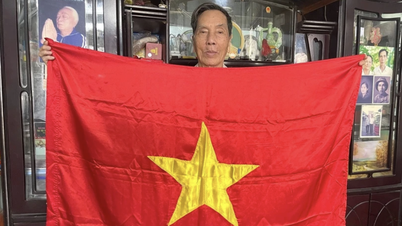


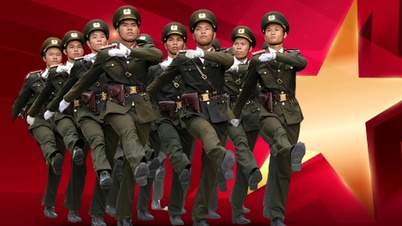

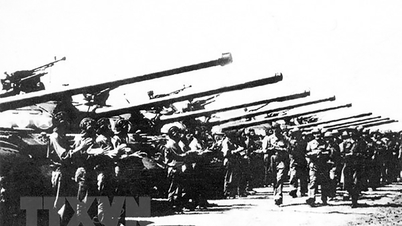






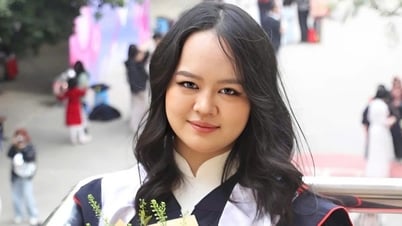
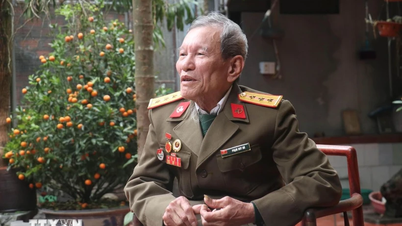
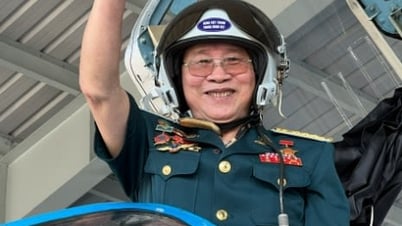
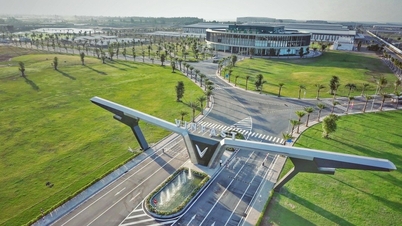
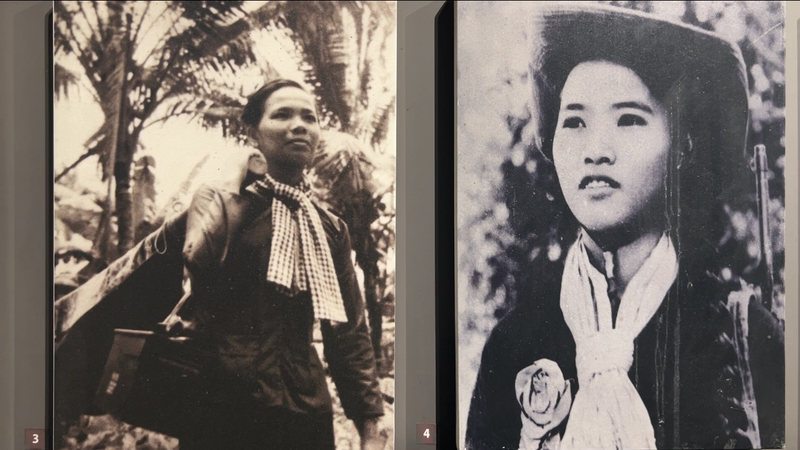



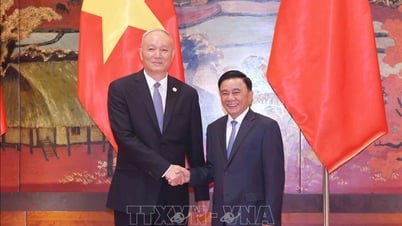

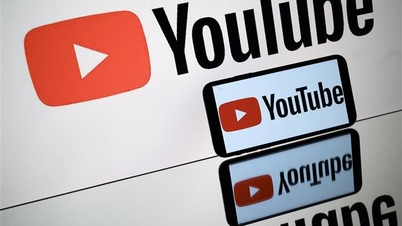
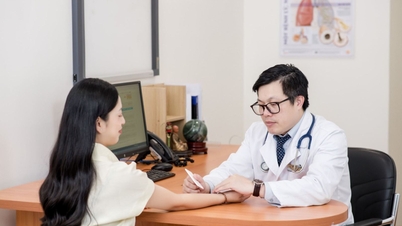
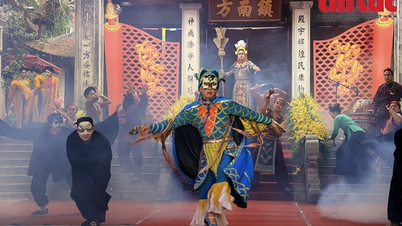
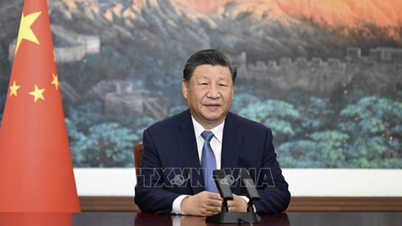
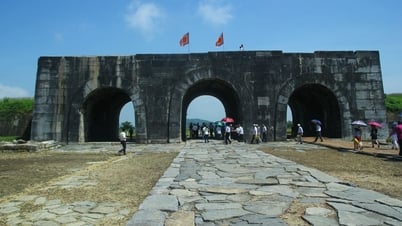


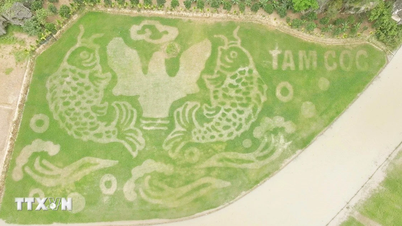






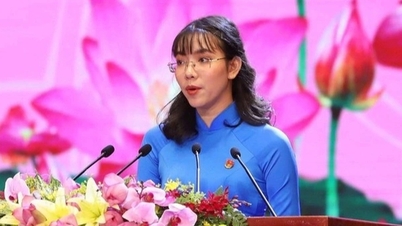


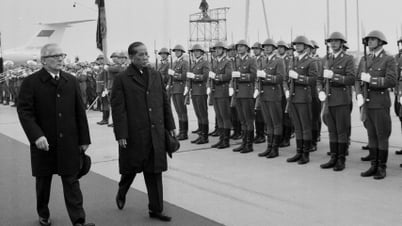

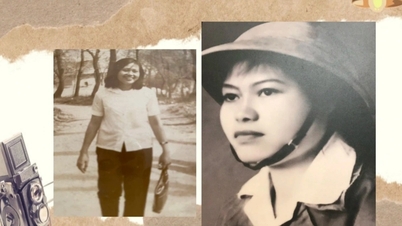












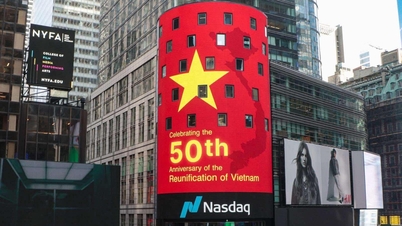

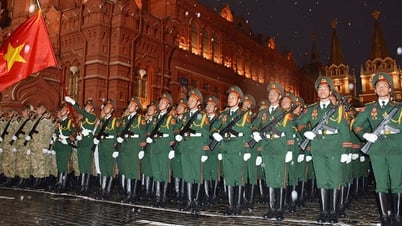





















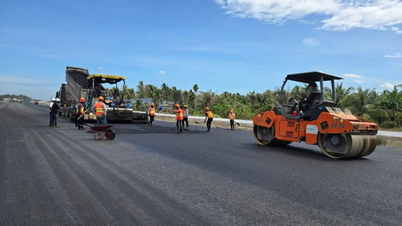












Comment (0)